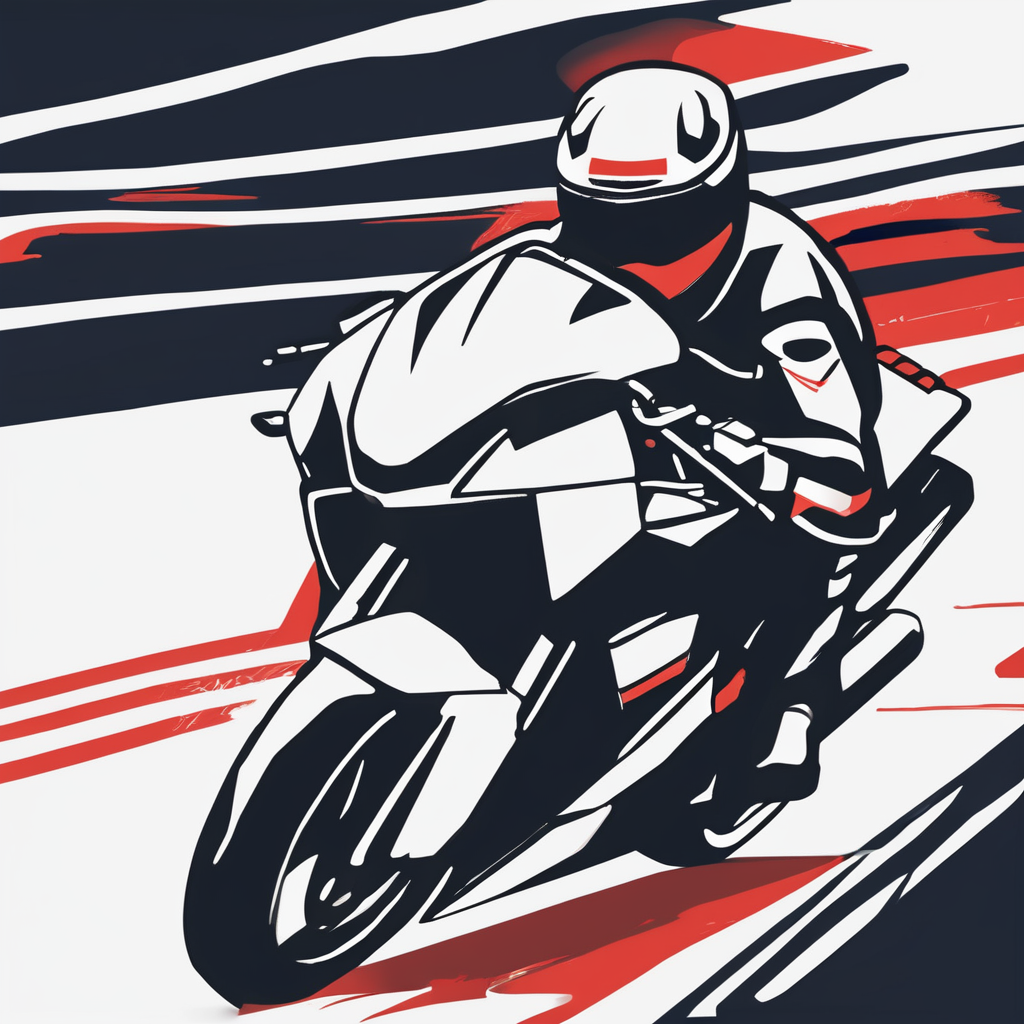Essential Suspension Upgrades for the Kawasaki KLR650
Upgrading the Kawasaki KLR650 suspension offers a significant boost to both comfort and handling, especially on rugged terrain. One key advantage of investing in premium suspension brands is enhanced suspension performance, allowing smoother rides over rocks, roots, and uneven surfaces. Improved shock absorption reduces rider fatigue, making long-distance adventures more enjoyable.
When choosing suspension upgrades, understanding the difference between OEM and aftermarket suspension components is crucial. OEM parts maintain stock performance but often fall short in handling heavier loads or aggressive riding. Conversely, aftermarket suspension components specialize in durability and tunability. Popular premium suspension brands tailored for the KLR650 include WP, Ohlins, and Showa, known for their high-quality forks and shocks that outperform stock setups.
This might interest you : Mastering oil leak detection and repair for your ktm 1290 super duke gt: the definitive handbook
Selecting the right suspension upgrade depends on your riding style and terrain challenges. For example, riders seeking comfort on highways benefit from softer settings, while trail enthusiasts need stiffer, more responsive components. Overall, Kawasaki KLR650 suspension upgrades transform the ride feel, providing better traction and stability. Exploring these options empowers riders to customize suspension performance, making the KLR650 more versatile across diverse conditions.
Step-by-Step Installation Guide for Suspension Enhancements
Installing a KLR650 suspension upgrade can significantly improve ride comfort and handling. Start by gathering necessary tools: a torque wrench, socket set, screwdrivers, and a spring compressor are essential for a smooth KLR650 suspension installation. Work in a clean, well-lit area to avoid losing small parts during disassembly.
Topic to read : The definitive handbook for enhancing your yamaha tracer 900 with aftermarket fog lights: expert tips and hidden techniques revealed
Begin by removing the front suspension forks. This involves loosening the axle nut, brake caliper bolts, and triple clamp bolts carefully to prevent damage. Next, slide out the old fork tubes and replace internal components such as springs or cartridges as per your upgrade guide. For the rear suspension, detach the rear shock absorber and linkage components. Replace with the new shock, ensuring the correct mounting orientation.
Once components are installed, initial suspension setup tips include calibrating preload, compression, and rebound settings. Adjust according to rider weight and riding style to maximize performance. Test the suspension through gentle compressions and observe travel and response. Re-check all fasteners for torque specification compliance to ensure safety. Following these steps attentively guarantees a dependable and enhanced KLR650 suspension installation outcome.
Impact of Suspension Upgrades on Comfort and Handling
Upgrading the suspension on a KLR650 significantly influences both ride comfort and handling, delivering real-world benefits riders notice daily. The stock suspension often struggles with varied terrain, resulting in a harsh ride and reduced control. Enhanced suspension systems absorb shocks more effectively, smoothing out bumps and vibrations for improved overall comfort. Riders experience less fatigue during long trips, making rides more enjoyable.
Performance improvement is especially apparent in KLR650 handling. Advanced suspension components enhance cornering capabilities by maintaining better tire contact with the road, which increases stability when navigating sharp turns or uneven surfaces. Improved damping reduces body roll and makes braking more controlled, bolstering rider confidence.
User testimonials consistently highlight a clear difference: upgraded suspension transforms the KLR650 from a tough, sometimes unforgiving dual-sport bike into a nimble, responsive machine. Experts note that these enhancements not only make daily commutes less jarring but also elevate off-road performance, making the bike more versatile across diverse environments. Such upgrades strike an effective balance between durability and comfort, essential for any enthusiast seeking superior KLR650 handling.
Cost Breakdown and Value Analysis
When considering a suspension upgrade cost for your KLR650, it’s essential to understand typical price ranges. Premium suspension components often range between $600 to $1,200, depending on brand and customization level. This figure forms a significant part of any KLR650 upgrade budget, especially when balancing other maintenance or accessory expenses.
A thorough cost vs. benefit analysis reveals that investing in suspension enhances ride comfort, handling, and overall stability—especially on rough terrain. The improvements in shock absorption and responsiveness translate directly into safer and more enjoyable rides. Calculating comfort and performance per dollar shows that suspension upgrades often yield one of the highest returns in ride quality.
To efficiently plan your KLR650 upgrade budget, prioritize suspension modifications based on your riding style and terrain demands. For riders frequently tackling off-road obstacles, investing early in suspension pays off. For others, a phased approach focusing first on shocks, then forks, helps spread out costs. Identifying key components and their impact allows budget-conscious enthusiasts to make smart, effective decisions without sacrificing value.
Expert Tips for Choosing and Customising Suspension Components
When it comes to KLR650 suspension tuning, selecting the right setup hinges on your riding style and body weight. A heavier rider may require stiffer springs to maintain proper sag, while a lighter rider benefits from softer springs for better comfort. For aggressive off-road enthusiasts, a custom setup emphasizing compression damping can improve handling over rough terrain. Conversely, those focused on long-distance touring might prioritise comfort with softer rebound settings.
Fine-tuning suspension settings involves iterative adjustments. Start by setting sag according to your weight, then adjust compression and rebound damping to suit road or trail conditions. Remember, small changes can significantly affect ride quality. Suspension tuning experts recommend patience and testing different settings in varied environments.
Regular maintenance is vital for sustained performance. Components like fork seals and shock bushings should be inspected and replaced as needed to prevent leaks and wear. Continuous upgrades, such as installing aftermarket springs or adjusting clickers, allow riders to further refine their KLR650 suspension tuning for evolving preferences.
By adopting recommended practices from professionals and making consistent adjustments, riders can achieve a custom setup that balances comfort, control, and durability. For more detailed advice on KLR650 suspension tuning, explore comprehensive resources dedicated to motorcycle suspension expertise.

